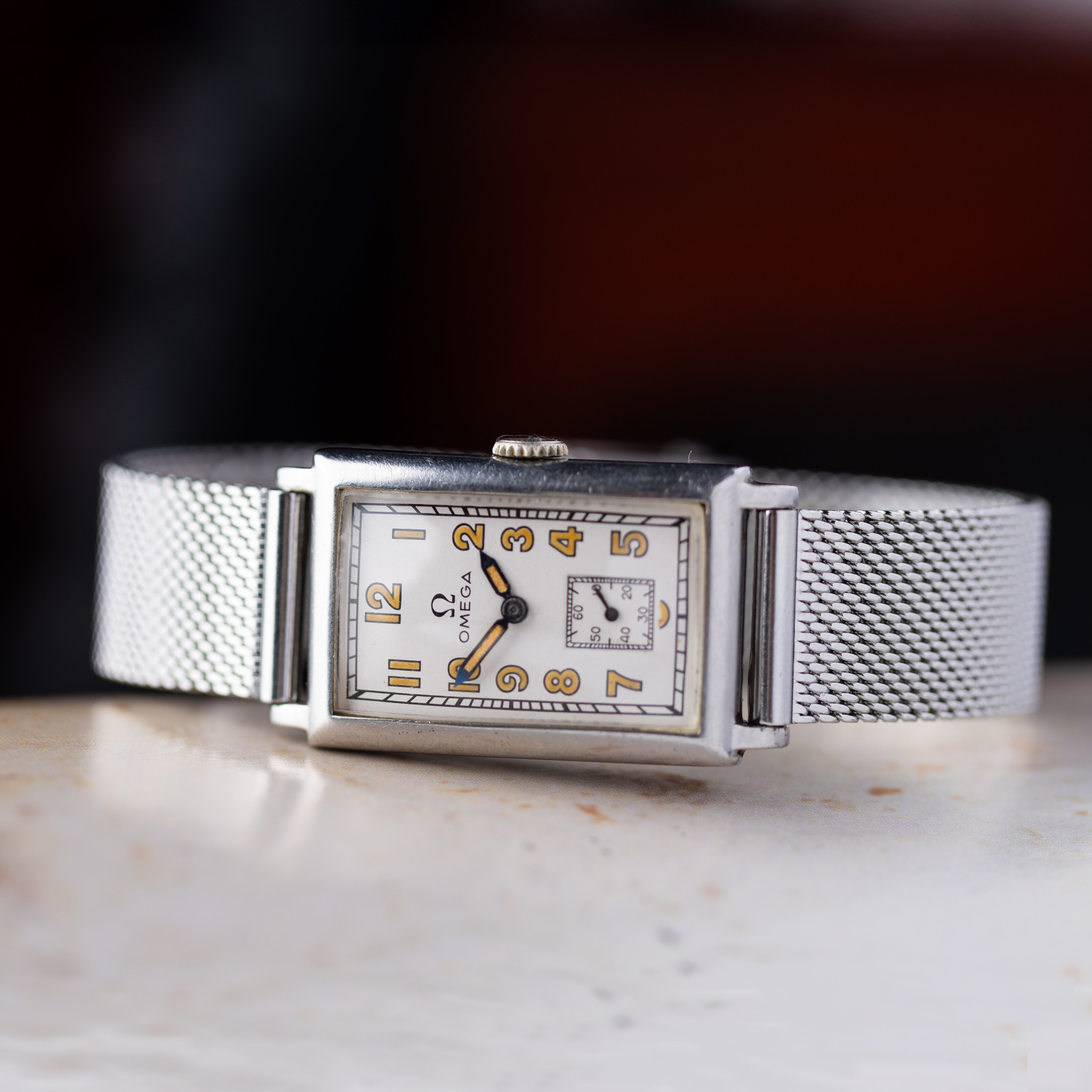The Poljot De Luxe is one of the most distinctive timepieces to emerge from the Soviet Union, a watch that symbolizes the height of Soviet watchmaking during a time when craftsmanship and innovation were at the forefront of industrial development. Manufactured by the First Moscow Watch Factory (1MWF), it blended technical sophistication with timeless design, standing as a true rival to Western luxury watches of its era.
The Origins of Poljot De Luxe
The First Moscow Watch Factory, founded in the early 20th century, was a cornerstone of the USSR's watch industry. In 1961, after Yuri Gagarin’s historic spaceflight, the brand name Poljot—meaning “flight” in Russian—was adopted as a tribute to the nation's triumph in space exploration.
The Poljot De Luxe line was introduced during the mid-1960s, a time when the Soviet Union was not only striving for technological excellence but also seeking international recognition for its manufacturing capabilities. The use of the "De Luxe" label was a deliberate attempt to align with global trends that emphasized luxury and superior craftsmanship.

Poljot De Luxe
Slim gold-plated case AU20, Completely Authentic Soviet Vintage Watch.
$490.00
See MoreElegant Soviet Design
What set the Poljot De Luxe apart was its refined aesthetic and minimalist approach to design. Its notable features included:
-
Slim Build: The case was exceptionally thin, measuring just 9mm in height—an impressive feat for the time.
-
Gold-Plated Steel Case: Made from stainless steel and covered in 10-micron gold plating (with some versions using 20 microns), it offered a luxurious finish.
-
Simple Dial Layout: Clean dials with applied markers and classic dauphine-style hands gave the watch a sleek, modern look.
This combination of design elements created a watch that looked elegant without excess, reflecting the Soviet emphasis on functionality with flair.

Mechanical Excellence: The Caliber 2209
At the core of the Poljot De Luxe was the hand-wound Caliber 2209, a 23-jewel mechanical movement engineered for accuracy and reliability. This movement was also used in other prestigious Soviet watches, such as the ultra-thin Vympel, which received accolades at international exhibitions.
The Caliber 2209's slim architecture made it possible for the De Luxe to achieve its low profile, aligning it with the global trend toward thinner wristwatches in the 1960s.
Widespread Production and International Appeal
Production of the Poljot De Luxe continued into the late 1970s, during a time of major expansion for the Soviet watch industry. Factories like 1MWF ramped up production not only for local consumers but also for export markets.
Many Poljot De Luxe watches were made specifically for international sale, bearing Latin-letter inscriptions such as “Poljot De Luxe,” “23 jewels,” or “shockproof.” This export push was part of the USSR’s broader strategy to showcase its industrial capabilities to a global audience and compete in the luxury segment.

A Collector’s Favorite
Today, the Poljot De Luxe holds a special place in vintage watch collecting circles. Its slim design, reliable mechanics, and rich historical context make it a favorite among collectors of Soviet-era timepieces.
Finding well-preserved examples is becoming increasingly difficult, which has only driven up demand. The combination of rarity, design quality, and the story behind the watch contributes to its desirability on the secondary market.
But the appeal of the De Luxe goes beyond collectibility—it is a snapshot of an era when Soviet horology reached impressive levels of innovation and artistry.
Final Thoughts: Is Poljot De Luxe a Good Watch?
Without a doubt, the Poljot De Luxe stands out as a remarkable watch—especially when viewed through the lens of vintage horology. For collectors and enthusiasts, the watch offers a compelling mix of heritage, mechanical reliability, and understated elegance.
Its ultra-thin design was ahead of its time in the 1960s, and the quality of the manually wound Caliber 2209 movement remains impressive even by today’s standards. The craftsmanship that went into both the movement and the case finishing—including gold-plated options—reflects a high level of precision rarely associated with mass-produced Soviet goods.
Additionally, its historical context adds another layer of appeal. It was born during an era of technological ambition in the USSR, and its design and performance were intended to rival Western counterparts—a goal it often achieved.
So, is the Poljot De Luxe a good watch? Yes—it’s a genuinely well-made timepiece that balances mechanical integrity, vintage charm, and Cold War-era history, making it not only a good watch, but a fascinating one to own.

